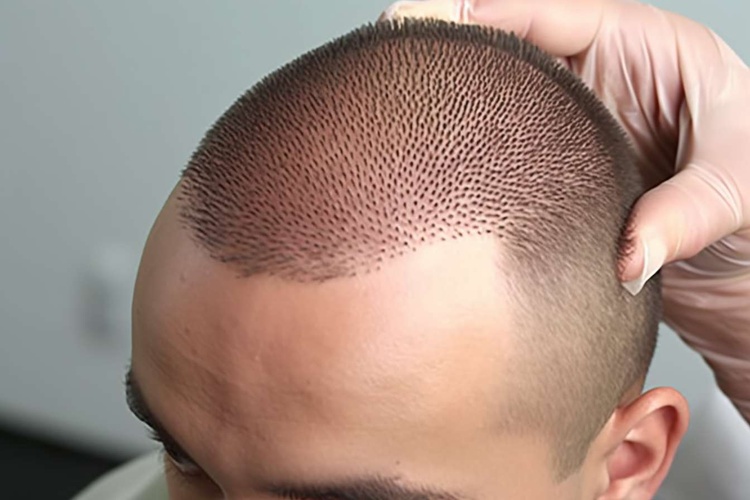Dandruff Treatment: Causes, Scalp Care, and Reducing Flakes
Dandruff is a common scalp condition that produces visible flakes and can cause itching, redness, or mild irritation. It affects people of all ages and hair types and can be persistent without appropriate care. Understanding the causes, practical scalp routines, and when to seek professional help makes it easier to manage symptoms and reduce visible flakes while protecting hair and skin health.

This article is for informational purposes only and should not be considered medical advice. Please consult a qualified healthcare professional for personalized guidance and treatment.
What causes dandruff?
Dandruff often results from a combination of factors rather than a single cause. Overgrowth of the yeast-like fungus Malassezia on the scalp, increased oil (sebum) production, and individual skin sensitivity are frequent contributors. Dry skin, seborrheic dermatitis, psoriasis, and certain hair or skin care products can also trigger flaking. Environmental factors such as cold, dry air and infrequent shampooing may worsen visible flakes. Identifying whether flakes are from dry skin or an inflammatory condition helps guide appropriate treatment and product choice.
How does dandruff affect hair?
Dandruff itself does not directly destroy hair follicles, and it rarely causes permanent hair loss. However, persistent itching and scratching can damage the hair shaft, cause breakage, and contribute to temporary thinning through mechanical stress. Inflammatory scalp conditions can create an environment less favorable to hair health if left untreated. Managing scalp inflammation and reducing flaking can reduce scratching and protect hair integrity, strengthening the appearance and condition of hair over time.
How to care for the scalp?
A consistent scalp care routine is central to managing dandruff and maintaining healthy skin. Regular washing with a gentle cleanser can remove excess oil, dead skin cells, and product buildup that encourage flaking. Medicated shampoos with active ingredients—such as zinc pyrithione, ketoconazole, selenium sulfide, salicylic acid, or coal tar—are commonly used; follow product instructions for frequency and contact time. Use lukewarm water to avoid stripping natural oils, and gently massage the scalp rather than scrubbing aggressively. Avoid heavy styling products that can trap oil and residue on the scalp.
When is skin involvement a concern?
If scaly patches are accompanied by persistent redness, pain, oozing, large thick plaques, or if flaking spreads beyond the scalp to the face or body, these signs suggest a more significant dermatologic condition like psoriasis, eczema, or a severe seborrheic dermatitis flare. Nonresponse to over-the-counter treatments over several weeks is another reason to seek evaluation. A dermatologist can offer targeted therapies, such as prescription topical antifungals, corticosteroids, or other anti-inflammatory agents, and can assess for underlying skin issues or infections that require different management.
How to reduce visible flakes?
Practical steps reduce the appearance of flakes and improve scalp comfort. Choose a medicated shampoo appropriate for your scalp type, and use it consistently as directed; rotating between two different actives (for example, a ketoconazole product and a salicylic-acid formula) can help if one ingredient loses effectiveness. After shampooing, rinse thoroughly and consider a lightweight conditioner on hair lengths only, avoiding the scalp if it tends to be oily. Gentle exfoliation with a soft brush or scalp scrub can help remove dead skin when used sparingly. Lifestyle measures such as stress management, adequate sleep, and a balanced diet that supports skin health can also contribute to fewer flaking episodes. If flakes persist or worsen, consult a healthcare professional for assessment and tailored treatment.
Conclusion
Dandruff is manageable for most people through a mix of appropriate scalp care, targeted products, and attention to underlying skin conditions. Identifying the likely cause—dry skin, fungal overgrowth, or inflammatory disease—helps choose the right approach. When over-the-counter measures do not control symptoms or when the scalp or surrounding skin shows signs of significant inflammation, professional evaluation is recommended to ensure safe, effective treatment.






